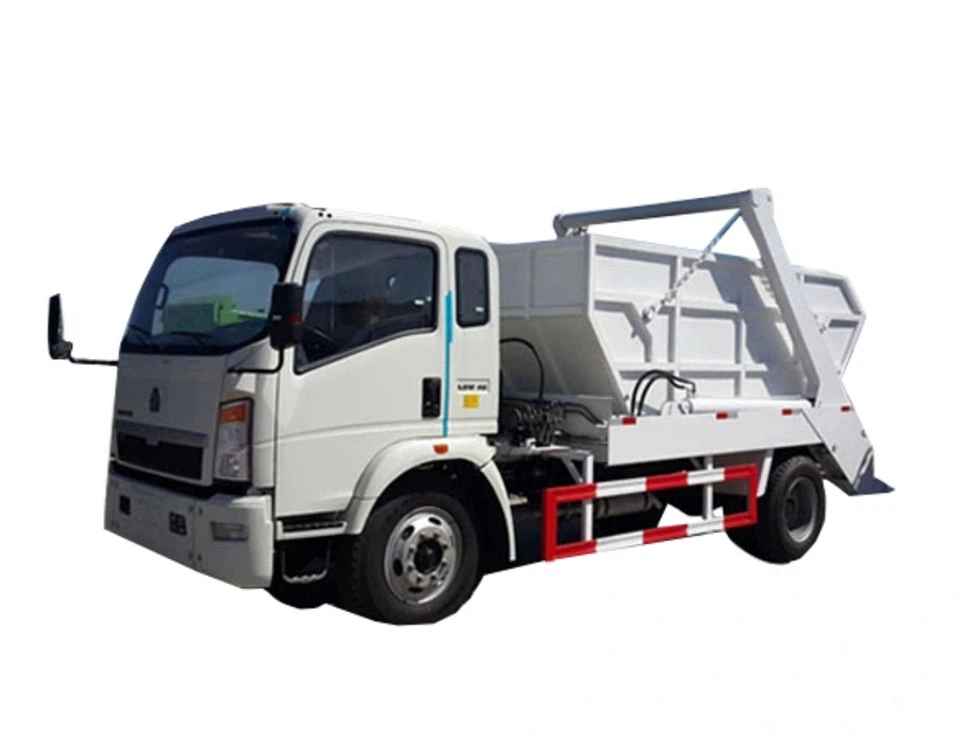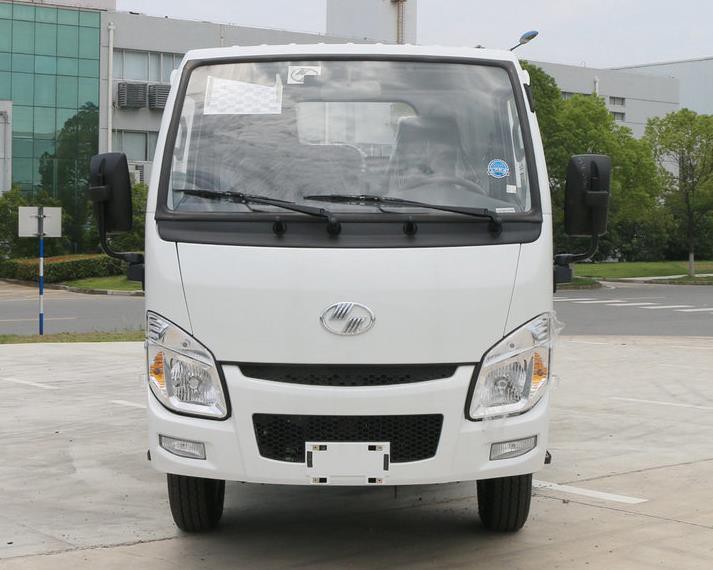Understanding Trash Balers: A Comprehensive Guide for Businesses

Introduction
Trash balers are essential equipment used in various industries to compact waste materials into manageable bales. They help in reducing waste volume, improving recycling processes, and ultimately saving on disposal costs. This article will explore the ins and outs of trash balers, their types, benefits, and how they can be implemented effectively in your business operations. Let’s dive deep into everything you need to know to make informed decisions regarding trash balers.
What is a Trash Baler?
A trash baler is a machine that compresses and binds waste materials into bales. These bales are easier to store, handle, and transport compared to loose trash. Trash balers are commonly used in recycling centers, manufacturing facilities, supermarkets, and various industries dealing with large volumes of waste.
How Trash Balers Work
Trash balers use hydraulic or pneumatic pressure to compress waste materials. Once the material is compacted, it is tied or strapped using wire or plastic bands for secure handling. The bales can vary in size and weight depending on the model and materials used.
Types of Trash Balers
1. Vertical Balers
Vertical balers are compact machines designed for smaller facilities. They require less floor space and typically process materials such as cardboard, paper, and plastics.
2. Horizontal Balers
Horizontal balers are larger and ideal for high-volume operations. They can handle larger materials and are more versatile, making them suitable for recycling centers and manufacturing plants.
3. Specialty Balers
These balers are designed for specific materials like e-waste, textiles, or metal. They come with unique features to accommodate the requirements of different materials.
Benefits of Using Trash Balers
1. Waste Volume Reduction
Trash balers significantly reduce the volume of waste, allowing businesses to optimize storage space and decrease the frequency of waste pickups.
2. Cost Savings
By reducing waste volume, businesses can save on disposal costs, leading to significant cost savings in waste management.
3. Environmental Impact

Implementing trash balers promotes recycling and reduces landfill contributions, contributing positively to the environment.
4. Improved Workflow
Using balers streamlines the waste management process, enabling businesses to operate more efficiently by minimizing waste-related disruptions.
Choosing the Right Trash Baler for Your Business
1. Assess Your Waste Production
Evaluate the types and volumes of waste generated in your operations. This assessment will help you choose the right baler size and type.
2. Determine Your Space Requirements
Consider the available space in your facility and select a baler that fits without compromising workflow or safety.
3. Review Features and Technology
Look for balers with advanced features, such as automatic tie systems or energy-efficient motors, to enhance productivity and reduce operational costs.
Installation and Maintenance Tips for Trash Balers
1. Professional Installation
Always have your baler installed by a professional to ensure optimal performance and safety compliance.

2. Regular Maintenance Checks
Perform regular maintenance checks and follow the manufacturer’s guidelines to extend the lifespan of your baler.
3. Training for Staff
Train your staff on how to operate the baler safely and efficiently to avoid accidents and ensure effective waste management.
Practical Examples of Trash Baler Use
Case Study 1: Supermarket Chain
A leading supermarket chain implemented vertical balers in their back rooms to compact cardboard boxes. This system allowed them to reduce waste volume by 75%, optimizing storage and reducing waste hauling costs.
Case Study 2: Manufacturing Plant
A manufacturing plant saw a 50% reduction in recycling costs after installing a horizontal baler to process plastic waste. The bales produced were sold to recyclers, generating an additional revenue stream.
Frequently Asked Questions (FAQs)

1. What materials can be processed by trash balers?
Trash balers can process a wide range of materials, including cardboard, paper, plastics, metals, textiles, and more, depending on the type of baler.
2. How much do trash balers cost?
The cost of trash balers varies widely based on size and features, ranging from a few thousand to tens of thousands of dollars. It’s important to consider total cost of ownership, including maintenance and operational costs.
3. How do I know if my business needs a trash baler?
If your business generates a significant amount of waste requiring regular handling and disposal, investing in a trash baler can lead to improvements in efficiency and cost-effectiveness.
4. What is the average lifespan of a trash baler?
With proper maintenance, trash balers can last anywhere from 10 to 20 years. Regular checks and upkeep are crucial for longevity.
5. Can I lease a trash baler instead of buying one?
Yes, many companies offer leasing options for trash balers, which can reduce upfront costs and provide flexibility as your business needs change.
6. Are there safety concerns when using a trash baler?
Yes, proper safety measures should be in place, including training staff, using locked doors during operation, and following manufacturer guidelines to prevent accidents.
